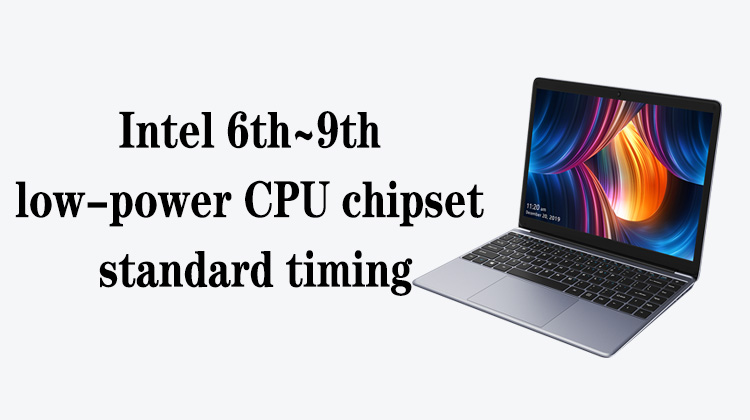1
00:00:00,800 --> 00:00:04,766
Hello everyone, in this lesson we will take a look at the workflow of the trigger circuit
2
00:00:05,166 --> 00:00:08,933
The workflow of the trigger circuit is relatively simple, there are only 5 steps in total
3
00:00:09,333 --> 00:00:11,933
The first step is to trigger the switch
4
00:00:12,100 --> 00:00:14,366
Then the switch signal enters the IO
5
00:00:14,866 --> 00:00:19,066
The switch signal here refers to the signal connected to the power button
6
00:00:19,366 --> 00:00:23,200
The power button is connected to the jumper interface of the mainboard
7
00:00:23,300 --> 00:00:27,133
The connection method of this jumper interface has been explained in the previous course.
8
00:00:27,900 --> 00:00:31,800
Next, let's find the position number of the jumper interface in the bitmap
9
00:00:33,466 --> 00:00:36,533
The position number of the jumper interface is shown in the figure
10
00:00:36,700 --> 00:00:39,966
We search for this position number directly in the circuit diagram
11
00:00:44,066 --> 00:00:49,933
After finding the jumper socket in the main board, we also found the switch signal at the sixth pin
12
00:00:50,933 --> 00:00:53,800
We directly search for this switch signal
13
00:00:58,333 --> 00:01:02,266
It can be seen that this signal is directly sent to the 104 pin of the IO
14
00:01:03,166 --> 00:01:05,766
The first step of the trigger circuit has
15
00:01:05,766 --> 00:01:07,733
Let's draw this step
16
00:01:13,866 --> 00:01:20,900
Next, after the IO receives the switch signal, it will send a power-on signal to the bridge, PWRBTN##
17
00:01:21,933 --> 00:01:28,100
It is a wake-up signal, used to wake up the bridge and let the bridge start to work
18
00:01:28,966 --> 00:01:33,266
Under normal circumstances, this PWRBTN# is a high-low-high jump
19
00:01:33,466 --> 00:01:35,700
High is 3V, low is 0V
20
00:01:36,066 --> 00:01:40,866
When the bridge receives the PWRBTN# signal, and the standby condition of the bridge is normal,
21
00:01:41,133 --> 00:01:44,333
then the bridge will send out the SLP signal
22
00:01:44,933 --> 00:01:48,866
That is, SLP_S3#, SLP_S4#, SLP_A#, SLP_LAN#, etc.
23
00:01:49,500 --> 00:01:52,433
Among them, SLP_S3# is given to IO
24
00:01:53,566 --> 00:02:00,400
When the IO receives this SLP_S3#, it will pull down the green line of the ATX power supply, which is PS_ON#
25
00:02:02,200 --> 00:02:04,966
This PS_ON# is the power on signal
26
00:02:05,266 --> 00:02:08,833
When the green line is pulled low, the ATX power supply will start to work,
27
00:02:09,866 --> 00:02:14,566
outputting red 5V, orange 3V and yellow 12V for power supply
28
00:02:15,400 --> 00:02:19,933
This trigger circuit is the circuit where the IO and the bridge work together
29
00:02:21,333 --> 00:02:24,433
For IO, the trigger circuit can be simplified into four steps,
30
00:02:24,666 --> 00:02:28,200
that is, the switch enters the IO, the IO sends out PWRBTN#,
31
00:02:29,166 --> 00:02:32,566
the IO receives SLP_S3#, and the IO pulls down the green line
32
00:02:32,800 --> 00:02:35,600
These are the four steps of IO triggering
33
00:02:36,466 --> 00:02:40,066
It is also described in this common IO key pin
34
00:02:41,300 --> 00:02:43,900
It can be seen that there are a total of 4 trigger pins
35
00:02:44,366 --> 00:02:50,300
From left to right, they correspond to the switch pin, the pin that sends out PWRBTN#,
36
00:02:50,600 --> 00:02:55,166
the pin that receives SLP_S3#, and the pin that pulls down the green line
37
00:02:55,866 --> 00:02:59,900
Its order is the same as the order of the 4 steps triggered
38
00:03:00,733 --> 00:03:04,133
Well, the above is the workflow of the trigger circuit






